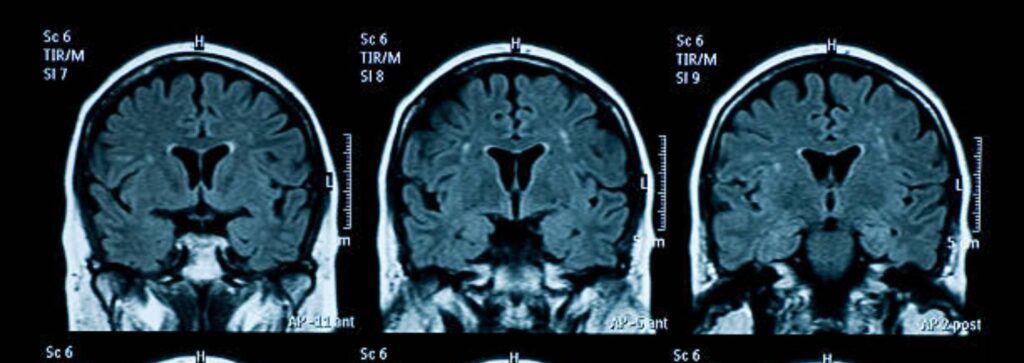Neuroplasticity is the brain’s ability to change and adapt due to experience. It is a term that refers to the brain’s ability to change, reorganise, or grow neural networks. This can involve functional changes due to brain damage or structural changes due to learning.
Plasticity means – the brain’s malleability to change and Neuro refers to Neurons, nerve cells that are the building blocks of the brain and the entire nervous system.
Thus, Neuroplasticity allows nerve cells to change or adjust.
How does our ‘Brain’ work?

At birth, every neuron has an estimated 2,500 synapses between neurons where nerve impulses are relayed. This number slowly grows to a whopping 15,000 synapses per neuron. An average adult, however, only has about half that number of synapses because as we gain new experiences, some connections are strengthened while others are eliminated.
Neurons that are used frequently develop stronger connections. Those that are rarely or never used eventually die. By developing new connections and pruning away weak ones, the brain can adapt to the changing environment.
Advantages of Neuroplasticity
Neuroplasticity also aids in recovery from brain-based injuries and illnesses. There are numerous benefits of brain neuroplasticity. Allowing your brain to adapt and change helps promote –
- The ability to enhance existing cognitive capabilities
- Recovery from traumatic brain injuries
- Strengthening areas where function is lost or has declined
- Improvements that can boost brain fitness.
- The ability to learn new things.
Characteristics of Neuroplasticity
There are a few defining characteristics of neuroplasticity
· Age and Environment:
While plasticity occurs throughout a lifetime, certain changes are more predominant at specific ages. Our brain tends to change during the early years of life, for example, as the immature brain grows and organises itself.
Normally, young brains tend to be more sensitive and responsive to experiences than much older brains. However, this does not mean that adult brains are not capable of adaptation.
· Neuroplasticity is a continuous process:
Plasticity is ongoing throughout life and involves brain cells other than neurons. It can occur as a result of learning, experience, or as a result of damage to the brain.
In instances of damage to the brain, such as during a stroke, the areas of the brain associated with certain functions may be injured. Eventually, healthy parts of the brain may take over those functions and the abilities can be restored.

- Brain plasticity limitations:
The brain is not infinitely malleable. Certain areas of the brain are largely responsible for certain actions. For example, there are areas of the brain that play critical roles in movement, language, speech, and cognition. Any damage to the key areas of the brain can result in deficits in those areas because, while some recovery may be possible, other areas of the brain cannot fully take over those functions that were affected by the damage.
How can we improve Neuroplasticity?
There are steps you can take to help encourage your brain to adapt and change, at any age-
Enrich your environment:
Learning environments that offer plenty of opportunities for focused attention, and challenge have been shown to stimulate positive changes in the brain. This is particularly important during childhood and adolescence, but enriching your environment can continue to provide brain rewards well into adulthood.9
Stimulating your brain might mean –
- Reading
- Learning a new language
- Learning how to play an instrument
- Exploring new places
- Creative pursuits
- Relax:
Research has shown that sleep plays an important role in dendritic growth in the brain. Dendrites are the growths at the end of neurons that help transmit information from one neuron to the next. By strengthening these connections, you may be able to encourage greater brain plasticity.
Sleep has been shown to have important effects on both physical and mental health. Some researchers suggest that this is partly due to genetics and partly due to the makeup of the grey matter in the brain.
You can improve your sleep by practising good sleep hygiene. This includes developing a consistent sleep schedule and creating an environment that contributes to good sleep.
Exercise Regularly:

Research shows that exercise might help prevent neuron loss in key areas of the hippocampus, a part of the brain involved in memory and other functions, whereas others suggest that exercise plays a role in new neuron formation in this same region.
Physical exercise also appears to boost brain plasticity through its impact on brain-derived neurotrophic factors, functional connectivity, and the basal ganglia—the part that is responsible for motor control and learning.
Practise Alertness:
Alertness entails completely immersing your mind in the present moment, without ruminating over the past or contemplating the future. Being aware of the sights, sounds, and sensations around you is key. Studies show that cultivating and practising alertness can foster the brain’s neuroplasticity.
Without Neuroplasticity, it would be difficult to learn or improve brain function.
So, connect with us at www.rehabmodalities.com to learn more about our rehabilitation therapy.
To know more write to us: info@rehabmodalities.com



